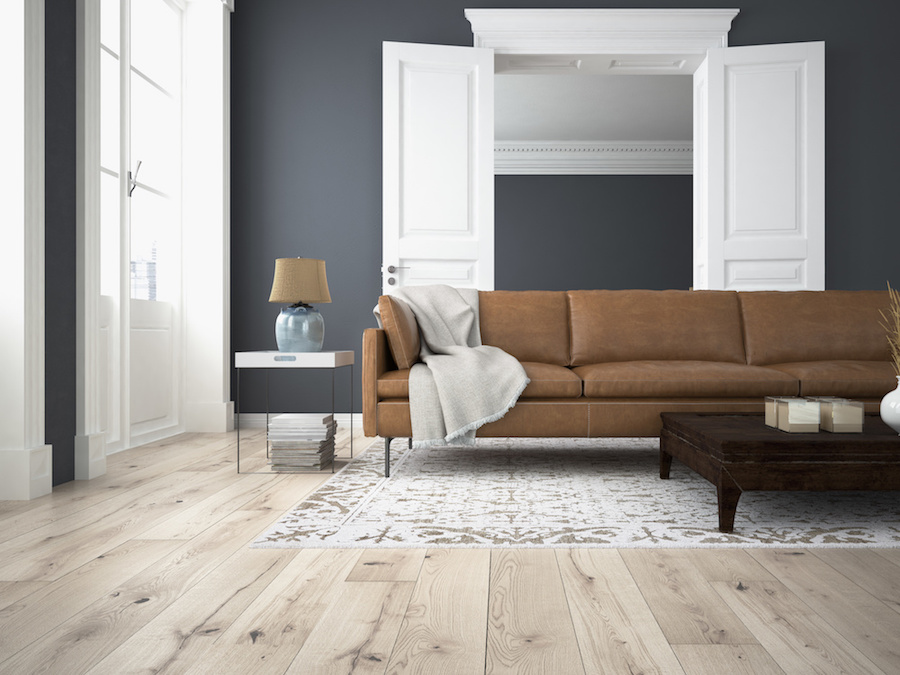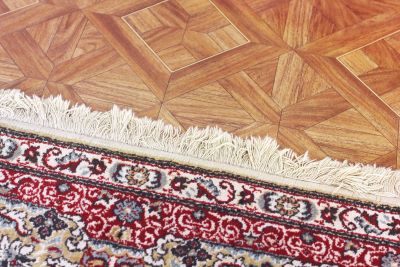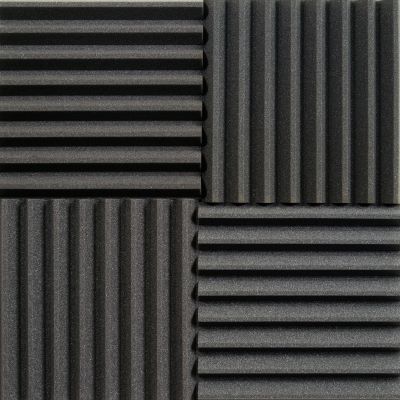No products in the cart.
Using Furnishings to Improve Acoustics In A Space

03
Jan
What Do Drapes, Furniture and Carpet Do To Sound Waves?
The way that furniture and décor is placed and the materials that they are made up of can do more than just enhance the aesthetics of a space. Using absorptive materials and setting up furnishings efficiently can actually help improve its acoustical quality. Whether it be in your home or office, these tips on using furnishings properly can transform the atmosphere of any room, as some home furnishings can actually help to absorb sound wave and reduce echo.
NOTE: When considering furnishings for acoustic properties, ensure that your primary issue or complaint is echo or reverberation. Ask yourself this – is it difficult to have a conversation in the space, even with only a few people? If so, acoustical furnishings may be a good option to mitigate the reverb issues.
Using Soundproofing & Acoustic Curtains to Reduce Echo
Acoustic curtains can be an effective way to absorb sound within a room while also preventing outside noise from entering the room due to the density of their typically thick fabric. Not to be confused with sound blocking curtains, acoustic curtains are typically made with thick, velour fabric and soundproofing curtains are made with Mass Loaded vinyl, which does not help with sound absorption or echo reduction.
For added soundproofing and acoustical improvement, soundproofing curtains such as The AcousticCurtain™ can be used to actually deflect sound waves away from your space. The fabric wrapping on soundproof curtains also has some sound absorbing qualities, but don’t rely solely on them for echo reduction. Taking less than 5 minutes to install and customizable by window size and fabric color, it is the perfect way to quickly and effectively soundproof any room in an aesthetically pleasing way.
How to Achieve Acoustic Absorption with the Right Flooring

Whether you can’t modify your space and install carpeting, or you don’t want to cover your pretty finish floor, you can always use area rugs to help absorb sound waves and reduce echo in your space. Area rugs combined with your couches, chairs, pillows and blankets should help to eliminate most of the echo in your space.
Hard flooring surfaces such as tile, laminate and hardwood allow sound to bounce off them, creating excess echo and reverberation. Carpeting, however, absorbs sound rather than reflecting it. If installing full-floor carpeting your space is not an option, you can place large, plush area rugs around your space to help decrease that echo and reverb. Placing thick blankets or pillows around a room can also help to absorb some of this extra noise. The thicker the material, the better!
Sound is best absorbed by soft, plush surfaces. There is often a strong correlation between the depth of the surface and its coefficient of absorption, especially at lower frequencies. So, if you’re moving into a new space, you’ll definitely hear the echo when the rooms are empty, but you’ll notice it eventually go away as you add your couch, bed, chairs and other plush furniture.
Acoustic Furnishings for Echo Reduction in Your Office
Dividing Screens & Soundproof Room Dividers for Offices
Excess noise in an office can lower employee morale and productivity. Dividing screens separate the space between each work station, offering more privacy and breaking up large areas so that more individual focus can be achieved. However, this can decrease the sense of a community in a workspace and make it difficult to work on collaborative projects. In this case, The AcoustiTrac™ would be an effective solution for improving the sound quality in your office. It is a soundproofing curtain, but on a track that can be easily retracted when not in use. If an employee needs some quiet time they can close the curtain and work in their individual space. When they need to converse with a team or coworker, they can open the curtain and be in a more open space.
Absorptive Rugs for Office Acoustic Treatment
Just like area rugs work to absorb sound in your home, you can also use them for sound absorption in an office space. While many offices are not carpeted, placing rugs with a large surface area throughout the office can absorb reverberated noise. Since most people rent out their office space and can’t make too many modifications, area rugs are a great non-invasive solution for acoustic treatment.
Sound reduction pads can be placed underneath rugs for an additional layer of soundproofing. This also makes for a softer, comfortable workspace and improves the visual appeal of the room.
Note the depth of the rug. A thin rug or carpet on concrete may only have an NRC (Noise Reduction Coefficient) of .2-.3, while a thick shag carpet with padding can be as high as .7-.8.
Absorption Panels for Office Acoustics

Acoustic absorption panels may be required in a space if the furnishings don’t reduce the echo enough. Absorption panels have a much higher NRC than your average area rug and can help to absorb a lot more of those sound waves.
Absorption panels are highly effective at reducing echo and reverberation in a single room, such as an office. They are mounted on the wall throughout a space, but they do not have to be an eyesore. These absorption panels can be fabric wrapped or made with a custom art finish. Many offices use them as pin boards or cork boards to hang brainstorming ideas, photos, or company info.
With these ideas, your home or office can be aesthetically pleasing while also having improved acoustical quality. Use Acoustic Furnishings where it makes sense – treat simple echo and reverberation issues while decorating your home.
Using Furnishings to Improve Acoustics In A Space – Summarized
The average house won’t require acoustic treatment once you’ve moved all of your belongings in. Any plush furniture such as couches, chairs, mattresses, pillows, blankets and tapestries will help to absorb sound waves that would otherwise create an unwanted echo. The same can be said for an office space – once all of the furniture and people are in place, the space shouldn’t require too much more treatment, but it might still require some in the form of acoustic panels.
Summary
Article Name
Using Furnishings to Improve Acoustics In A Space
Description
Learn when and where to use Acoustic Furnishings in your Home to treat reverberation issues. Soft, plush furniture and decor can treat most echo issues.
Author
Fernando Eguezq
Publisher Name
Residential Acoustics
Publisher Logo
